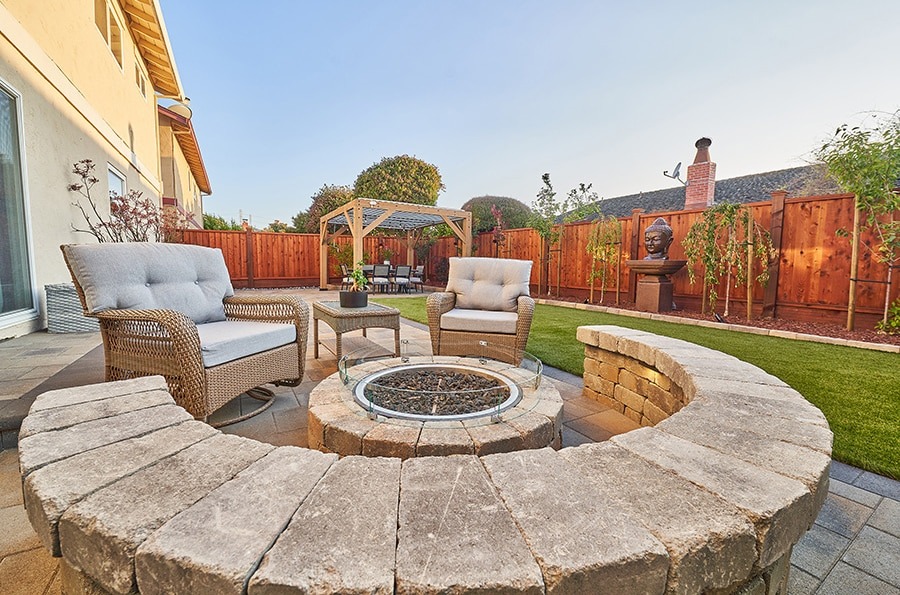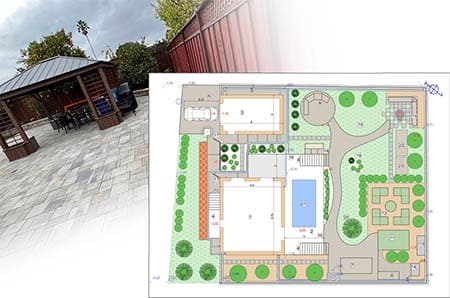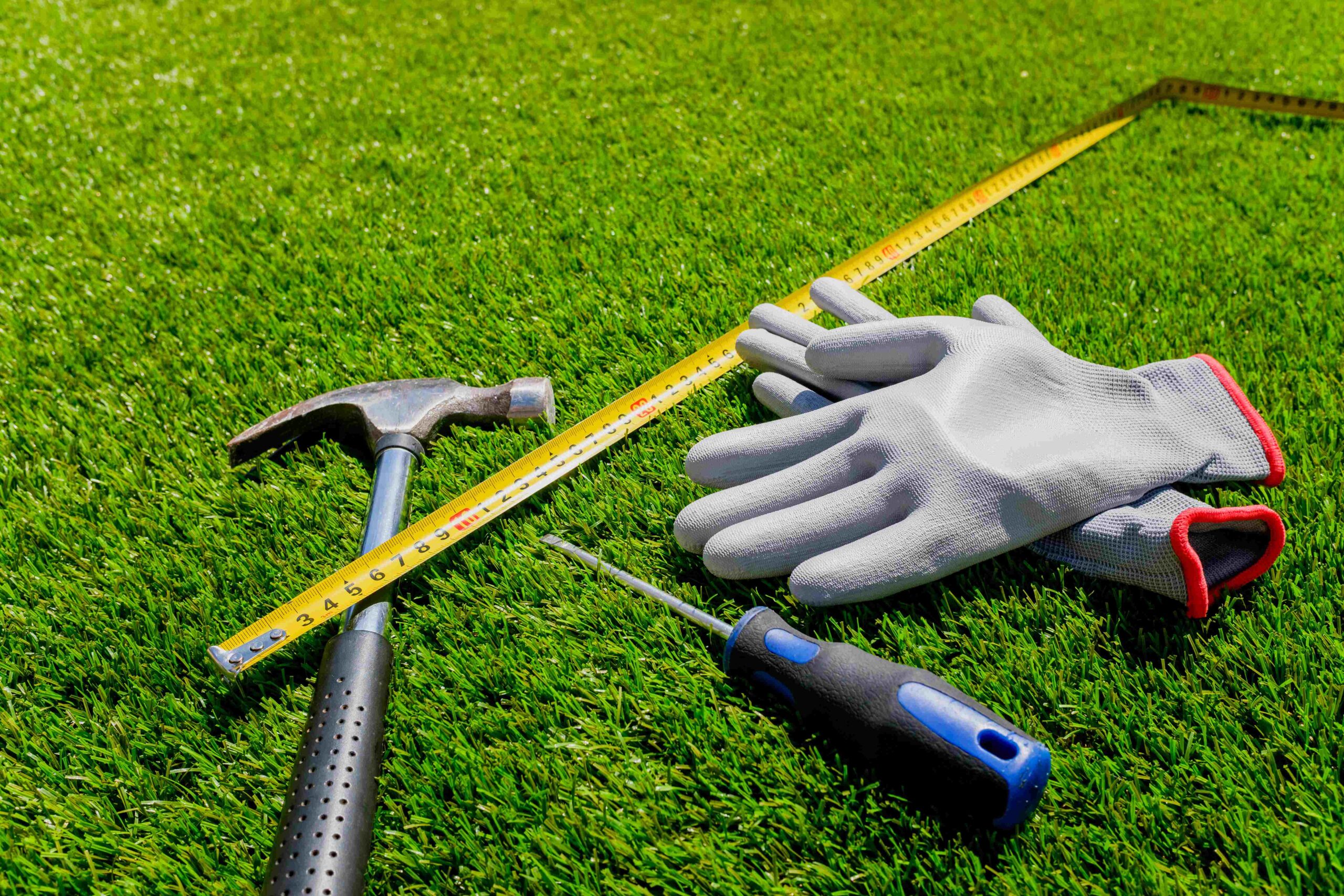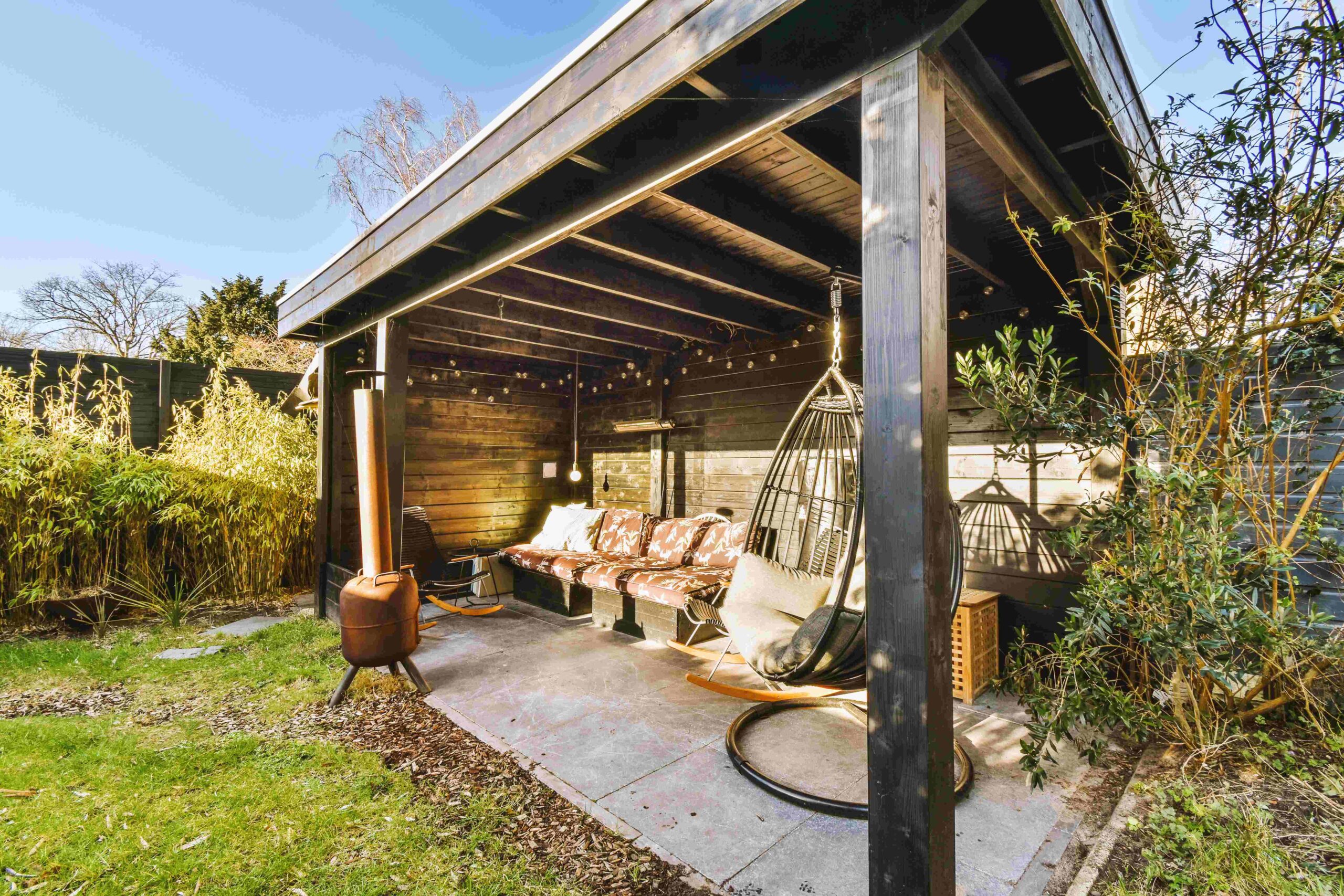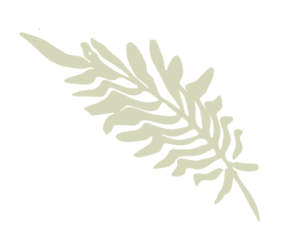How to winterize sprinkler system properly is crucial—homeowners who skip irrigation winterization face expensive repairs when spring arrives. The task of how to winterize sprinklers might look simple at first glance, but proper sprinkler system winterization needs specific technical knowledge and safety measures.
Your lawn irrigation system needs freeze protection through one of three methods: manual drain, automatic drain, or blow-out. The blow-out process works best but requires special equipment. You’ll need an air compressor that can handle 80-100 CFM and control pressure precisely to avoid damage. The pressure should stay under 50 PSI (pounds per square inch) for polyethylene pipes and 80 PSI for PVC piping because higher pressures can cause major problems.
Understanding Why Winterizing Matters
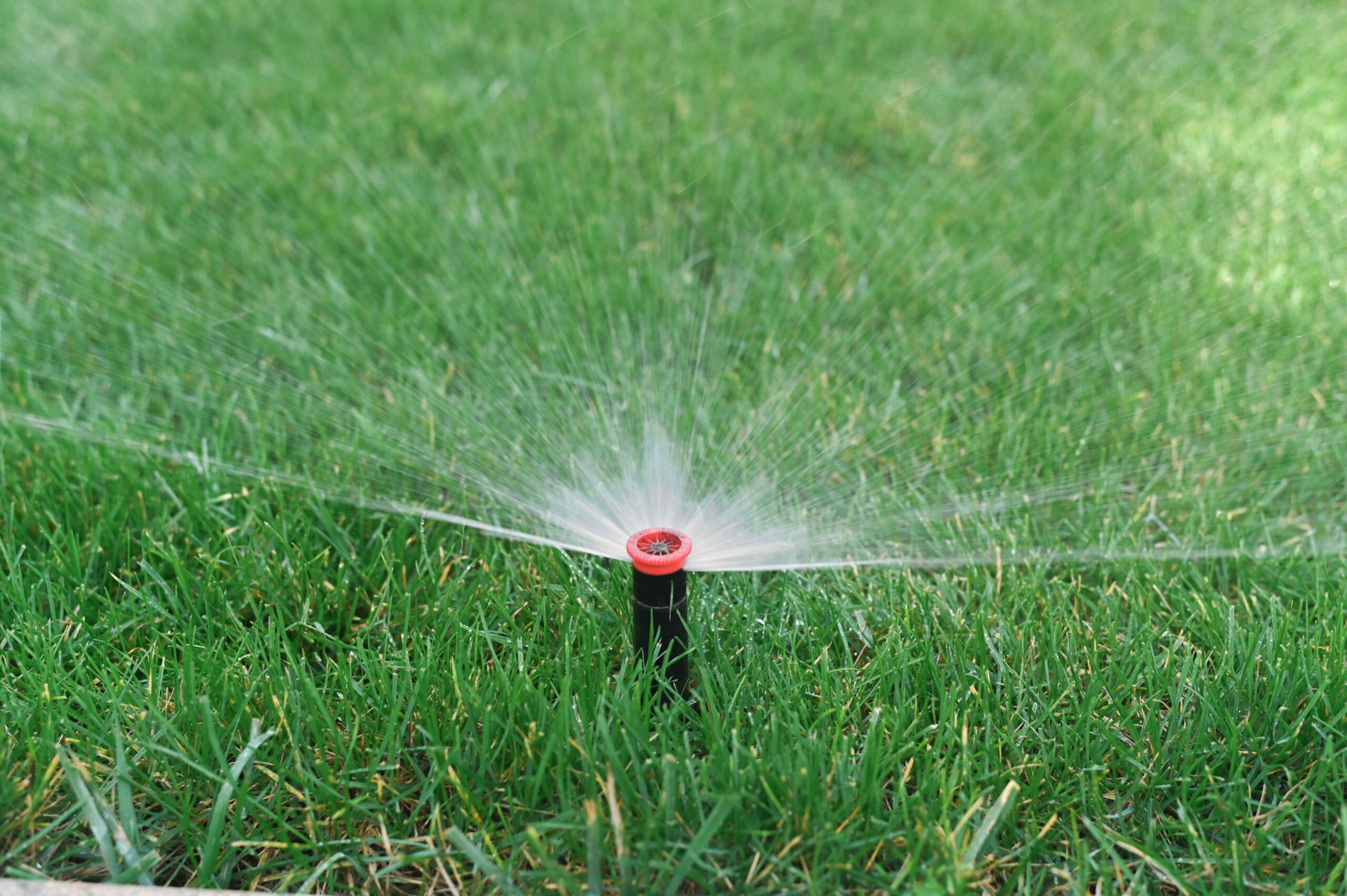
Protecting your sprinkler system from winter’s wrath isn’t optional—you need to know how to prepare sprinkler system for winter to avoid costly property damage and repairs. A properly winterized sprinkler system stays safe from freezing temperatures and lasts many years longer.
What happens if you skip winterization
Your irrigation system faces serious trouble when temperatures drop below freezing without proper winterization. Water left in the system makes sprinkler pipes, valves, and sprinkler heads very likely to break. Here are the most common problems:
- Cracked pipes and fittings that leak water across your yard and might damage your foundation
- Broken sprinkler heads that need replacement before you can water in spring
- Busted valves and backflow devices which cost the most to fix or replace
The real challenge? You might not see these problems right away. Most people find out something’s wrong when they turn on their systems in spring. This creates delays in lawn care during an already busy time. Small cracks grow into big system failures that need complete replacement—this is a big deal as it means that the cost of fixing it is nowhere near what you’d pay for winterization.
How freezing damages sprinkler systems
The way freeze damage works is simple but destructive. Frozen water expands about 9% in volume. This creates massive pressure inside your irrigation system—often thousands of pounds per square inch. No material can handle this kind of pressure.
Even the best materials can’t fight these forces. Steel, copper, and plastic pipes all break when ice forms inside them. Uninsulated pipes in exposed areas start having problems at 20 degrees Fahrenheit, though anything below 32 degrees puts your system at risk.
The expanding ice can break open saddles or plugs in sprinklers, which forces water through sprinkler openings. On top of that, completely frozen pipes block water flow. This raises pressure in other parts of the system and creates multiple weak points.
Winterization removes all water from your system before freezing temperatures hit. This protects your investment by stopping ice from forming. Water damage from burst pipes ranks among the most common types of property damage in cold weather. Taking action now is without doubt worth the time and effort.
Top Methods for Winterizing Sprinkler System Safely and Effectively
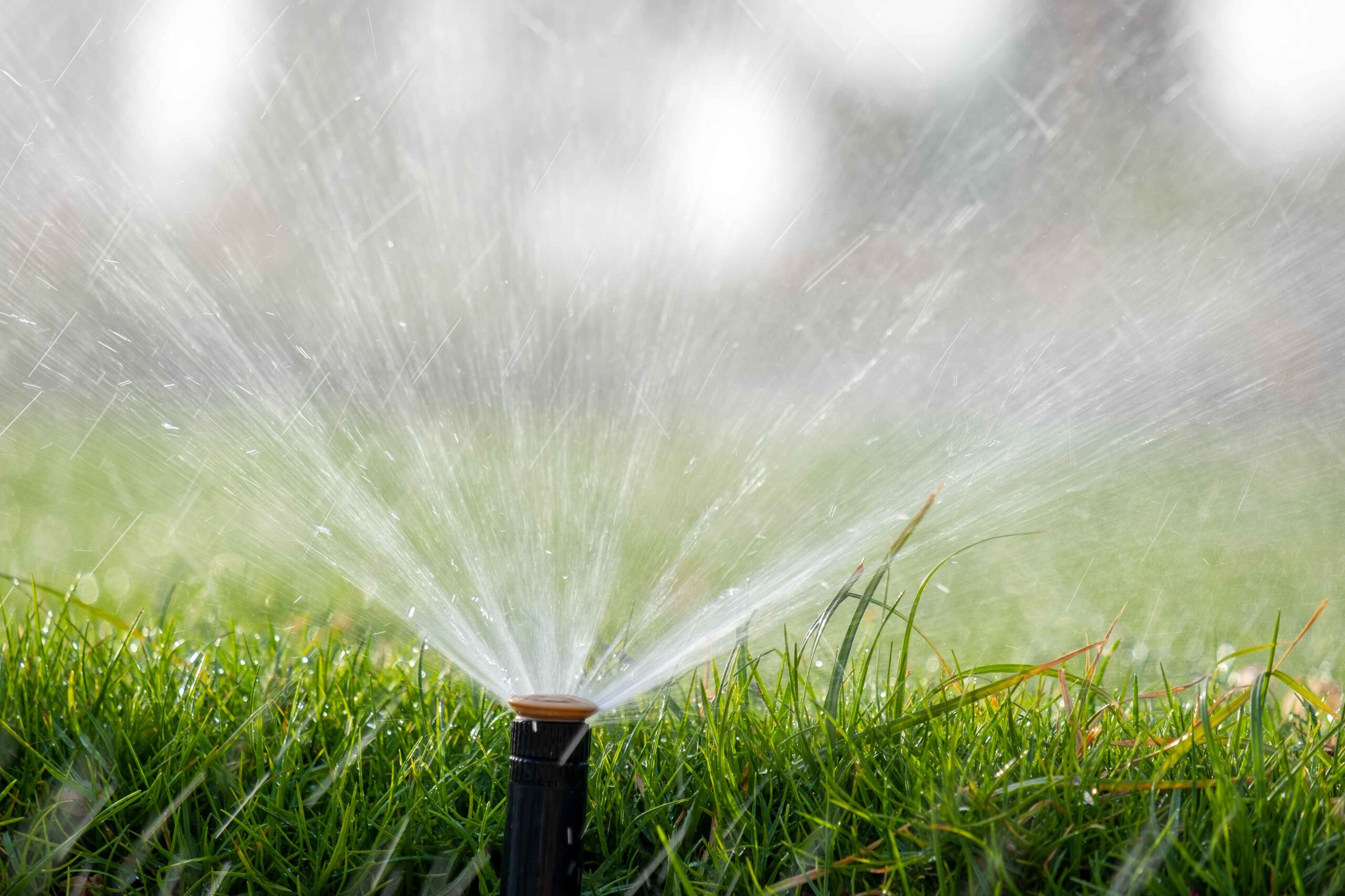
Your sprinkler system’s design and components play a big role in choosing the right winterization method. Each method comes with its own benefits and drawbacks that you should think about before winter sets in.
Manual drain: when it works and when it doesn’t
Manual drain valves work well only if your irrigation system was built with this method in mind. Your system needs these valves at specific spots – the ends and low points of your pipe network. The process of how to drain sprinkler system starts with shutting off the water supply. You then open all drain valves so gravity can empty the pipes.
In spite of that, this method has its limits. Water stays in the backflow device and sprinkler heads even after draining. On top of that, systems not designed for manual drainage might get damaged from leftover water. Systems with check valves in sprinklers need extra work – you’ll have to lift them up so water drains from below.
Automatic drain: pros and limitations
Automatic drain valves make things easier by opening on their own once water pressure drops below 10 PSI. You just need to turn on one sprinkler station to release pressure. The system then drains itself without extra help.
These systems aren’t perfect though. Valves might stick shut, especially when they don’t open often. You still need to drain the backflow preventer and sprinkler heads by hand. Many irrigation experts aren’t sold on automatic drains in mainlines and call it a weak spot in the system.
Sprinkler blowout: the most effective but riskiest method
Blowout methods give you the full picture by using compressed air to push all water out. This is how to purge sprinkler system effectively. You’ll need an air compressor that delivers 80-100 CFM and keeps pressure safe – no more than 50 PSI for polyethylene pipes and 80 PSI for rigid PVC.
This method works best but comes with risks. Wrong pressure levels can break pipes, valves, and sprinkler heads. The dangers are real enough that experts suggest hiring professionals who have the right tools and know-how. Safety matters – wear ANSI-approved eye protection and stay away from irrigation parts during the blowout.
DIY vs. Professional Help: What’s Best for You?
The decision between DIY and professional help for winterizing sprinkler system depends on several key factors. Choosing the right option now leads to a smoother, stress-free spring.
Signs your system is too complex for DIY
Take an honest look at your system’s complexity. You should probably get a professional to winterize your irrigation system if it:
- Features a complex backflow prevention device
- Has more than six zones or stations
- Uses check valves or low-head drainage prevention
- Contains slopes or elevation changes throughout the yard
Your mechanical skills and access to equipment matter too. The blowout method just needs an industrial-grade air compressor that maintains 80-100 CFM. Most homeowners don’t keep this type of equipment in their garage.
Cost comparison: DIY vs. hiring a pro
Money plays a big role in most homeowners’ decisions:
Approach | Average Cost | Hidden Costs |
DIY | $75-200 (equipment rental) | Potential repair costs if mistakes occur |
Professional | $75-250 per service | Usually includes inspection and adjustments |
Yes, it is true that DIY and professional services cost about the same. Professional services are a great way to get system inspection and adjustments that add extra value. Many irrigation companies run fall specials that make their services more affordable than expected.
Common mistakes homeowners make
DIY winterization can get pricey due to these common errors:
- Using inadequate air pressure (too low leaves water; too high damages components)
- Rushing through zones without allowing complete drainage
- Forgetting to shut off the controller or timer
- Missing critical components like backflow preventers
- Failing to protect above-ground components with insulation
Most people don’t realize that even a tiny bit of leftover water can expand enough to crack fittings and pipes. Complex systems with multiple elevation changes face higher risks because water gets trapped in low points.
Your final decision should weigh your system’s complexity, equipment availability, and personal expertise against possible spring repair costs from improper winterization. If you’re wondering “can I winterize my own sprinkler system?”, consider these factors carefully.
How to Prepare for a Professional Sprinkler Winterization

Getting your sprinkler system winterized by a pro will work better when you know how to prepare. Your system needs proper cold weather protection before freezing temperatures hit, and knowing what happens during the service helps a lot.
What to expect during a service visit
A professional winterization service usually takes 30-60 minutes based on how big and complex your system is. The technician will walk around your property to check the system layout and find important parts like the main shut-off valve, vacuum breaker, and control box.
The winterization process follows a set of steps. Your specialist will close the vacuum breaker test cocks, open the vacuum breaker shut-off valves, and put the main valve bleeder cap back on. They’ll then hook up an air compressor to blow out sprinkler system for each zone. The pressure stays under 75 PSI for PVC pipes or 50 PSI for polyethylene pipes to keep everything safe.
The pros will spot any issues that might get worse over winter and let you know what work needs to be done. Most companies will mark your system as winterized so no one turns it on by accident.
Questions to ask before hiring
Make sure to ask these key questions before you book:
- Do you provide an annual winterization and spring turn-on contract? (This will give a smooth system reactivation)
- What pressure levels do you use for the blowout process? (Should never exceed 75 PSI for PVC or 50 PSI for polyethylene)
- Will you check the system for problems during winterization?
- Are you licensed and insured for irrigation work in my area?
- Do you back your winterization service with any warranties?
Book Now to Winterize Sprinkler System Before the First Freeze Hits
Protect your landscape and avoid costly damage by preparing your irrigation system for the colder months. At Opulands, we offer expert guidance and services to ensure your sprinkler system is properly winterized and ready for the season ahead. Don’t wait until it’s too late—contact us today to learn more about our sprinkler winterization solutions and schedule your service with confidence.
FAQs
Professional sprinkler winterization services usually range from $75 to $250, depending on the system’s size and complexity. Many companies offer fall season specials, making it more cost-effective than you might expect.
The cost of professional sprinkler winterization services can vary based on factors like the size and complexity of your irrigation system. Pricing is often more affordable than expected, especially with seasonal promotions. Contact us today for a personalized quote tailored to your property’s specific needs.
Winterizing your sprinkler system is crucial to prevent freeze damage, which can cause cracked pipes, broken sprinkler heads, and busted valves. Proper winterization protects your investment and helps avoid costly repairs in the spring.
There are three main methods: manual drain, automatic drain, and blow-out. The blow-out method, which uses compressed air to remove all water from the system, is generally considered the most effective but requires specialized equipment and expertise.
While DIY is possible for simple systems, professional help is recommended for complex setups with multiple zones, check valves, or elevation changes. Professionals have the necessary equipment and expertise to ensure thorough winterization and can spot potential issues during the process.
Before the service, locate your system’s main components like the shut-off valve and control box. Ask the provider about their pressure levels for the blow-out process, whether they offer spring reactivation, and if they’re licensed and insured. Expect the service to take 30-60 minutes, depending on your system’s complexity.

